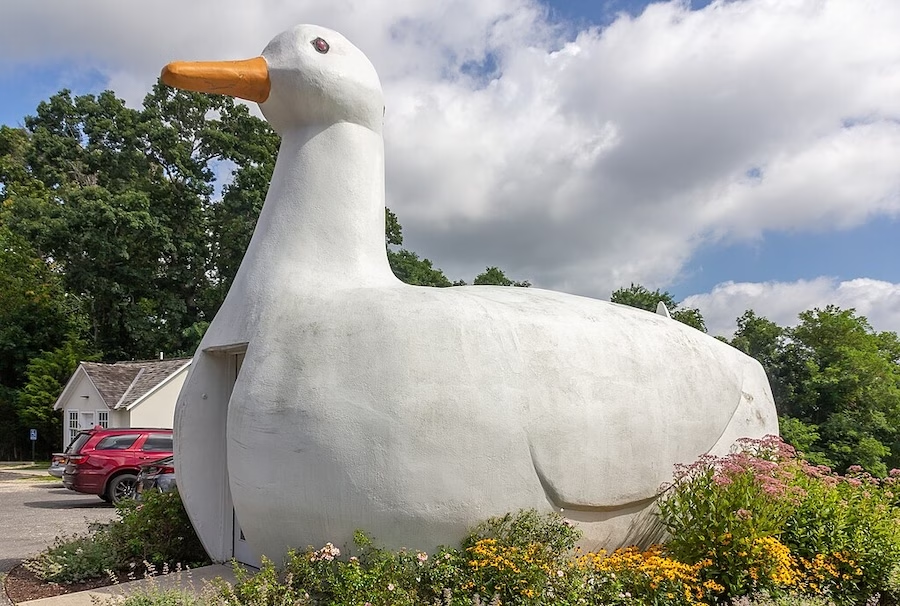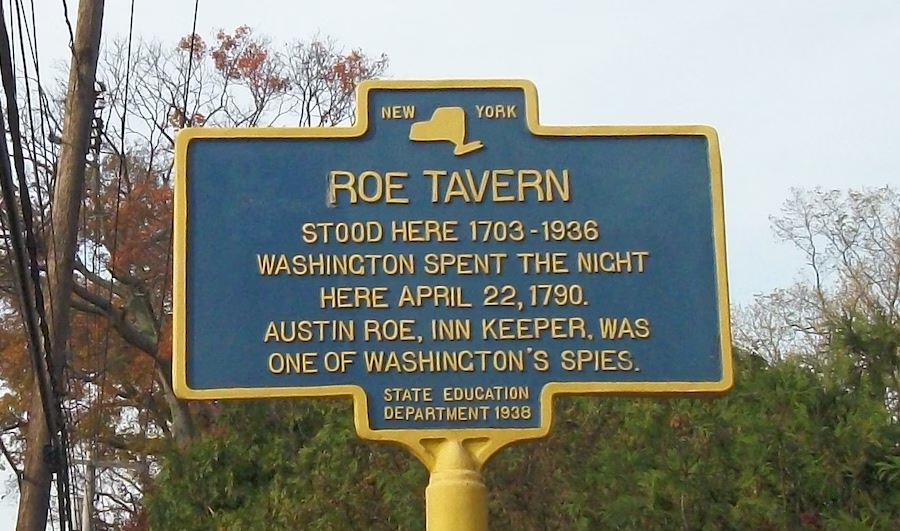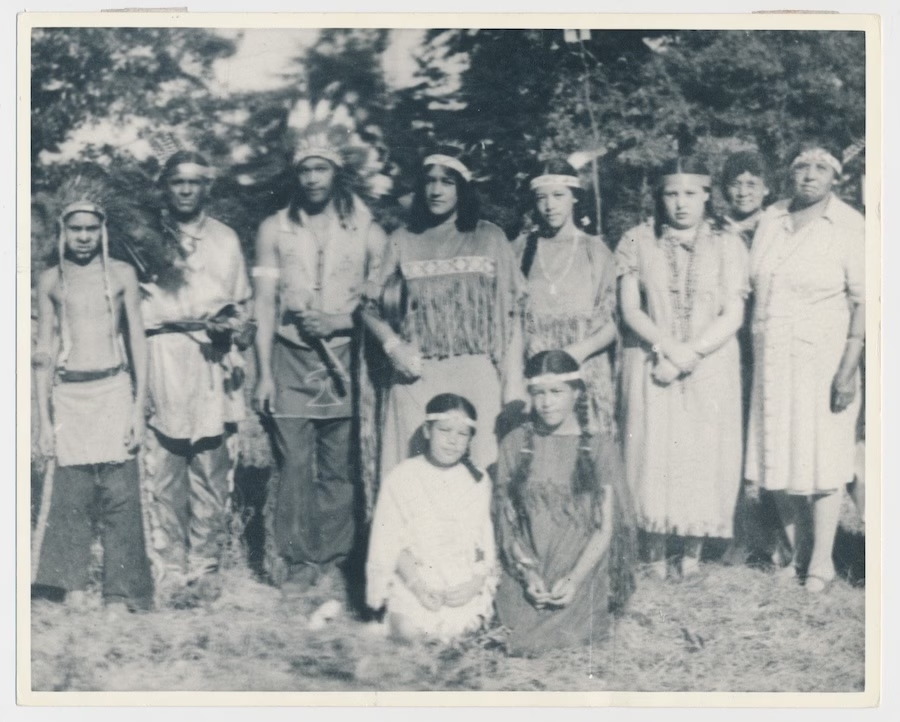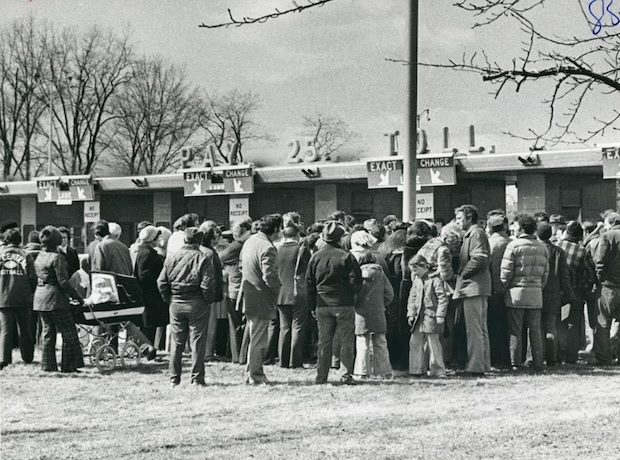Long Island’s agricultural history is a remarkable tale of transformation, centered around an unexpected star: the duck.
Long Island’s landscape was once a canvas of agricultural wonder, where farmlands transformed an imported breed of duck into an economic powerhouse that would reshape regional identity. More than just a farming story, this is a tale of innovation, resilience, and the remarkable intersection of immigrant poultry, entrepreneurial spirit, and local ecology that turned a quiet stretch of New York coastline into the duck production capital of the United States.
The Quacking Beginnings
- In 1873, four Pekin ducks imported from China launched an agricultural revolution
- By 1885, duck farming became a full-time industry
- Mid-1900s: Long Island produced two-thirds of U.S. duck consumption
The Cultural Phenomenon
Beyond agriculture, ducks permeated local culture:
- A unique Long Island Duck Queen Pageant flourished in the late 1950s and early 1960s
- Two major sports teams – Long Island Ducks (baseball and hockey) – were named in honor of the industry
Economic and Labor Insights
- Peak production: 7.5 million ducks annually in Suffolk County (circa 1960)
- 90 duck farms at the industry’s height
- Memorable labor story: Dolly Raynor of Westhampton, who could pick 111 ducks in a day, earning $5.55
Environmental Challenges
A 1953 “duck disease” devastated farms, killing up to 75% of stock. Later environmental issues emerged:
- 34 farms produced 70 tons of solids daily
- 7.3 million cubic yards of sludge accumulated in creek bottoms
- Sludge deposits reached 10 feet in some areas
- Suffolk County Executive H. Lee Dennison declared his intent to make Suffolk a “duckless county”
The Decline
Stricter environmental regulations in the 1970s began the industry’s downturn:
- Developers offered farmers up to $100,000 per acre
- Duck production dropped from 6 million to 3.5 million birds annually by 1986
Legacy
Today, only one duck farm remains:
- Crescent Duck Farm in Aquebogue
- Established in 1908
- Produces 1 million ducks annually (4% of national production)
- The iconic “Big Duck” building, constructed in 1931, stands as a memorial to this rich history
Cover photo: Photograph by Mike Peel (www.mikepeel.net)., CC BY-SA 4.0, via Wikimedia Commons




